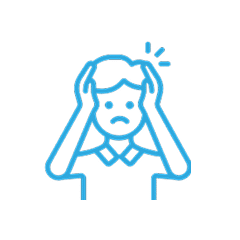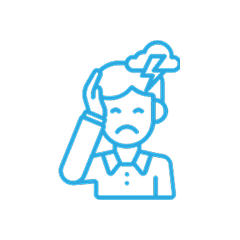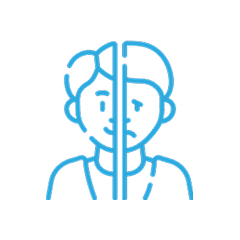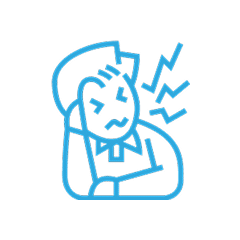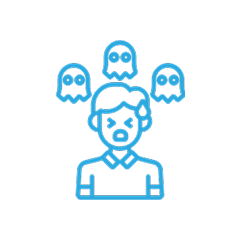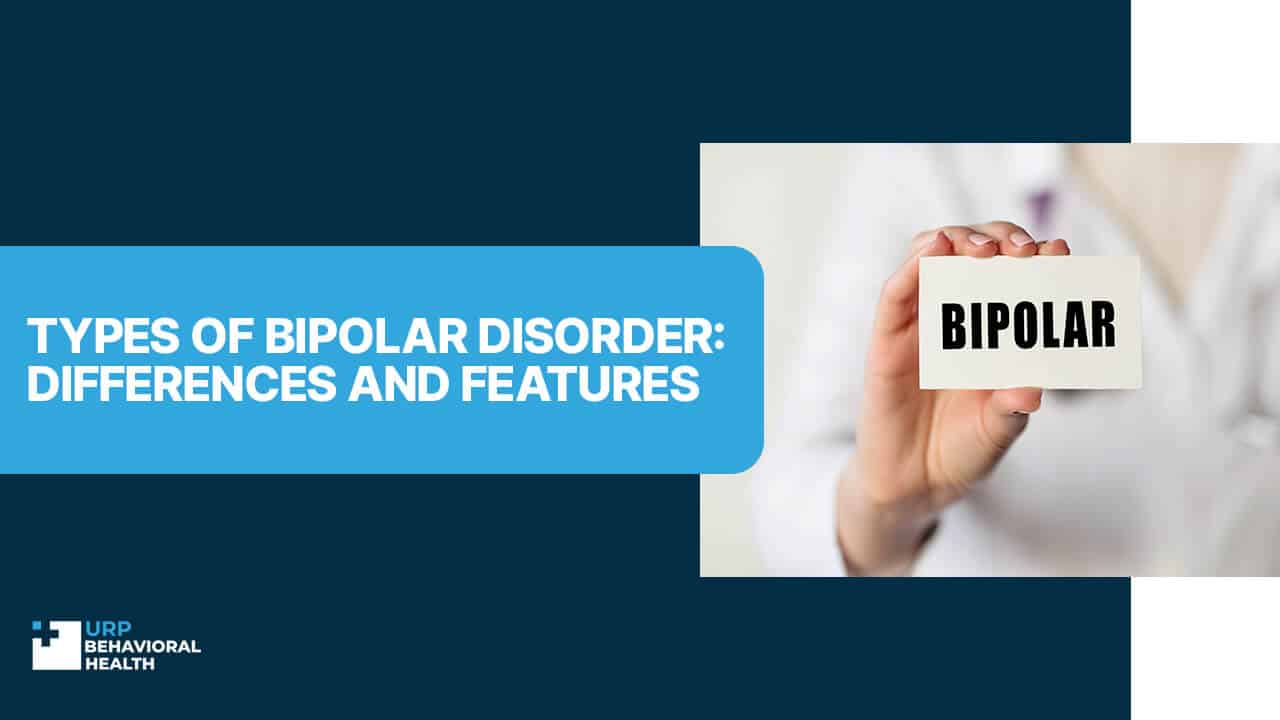
Types of Bipolar Disorder
Bipolar disorder is a condition of bipolar disorder that involves extreme levels of emotional sensitivity, ranging from high levels (initial or extreme cases of mania or hypomania) to low levels (lower ones) of moods. Many types of bipolar disorder can be easily diagnosed with any of the varying types of bipolar disease, including those for whom the diagnoses are usually quite specific and dependent on the individual’s needs and symptoms. Understanding and counselling the condition and its effects in those with special needs or those close to it can be helpful in regulating and treating bipolar disorder for those with the disorder.
What Are Different Types of Bipolar Disorder?
Modified mood episodes can manifest as various categories of bipolar disease, characterized by particular patterns, and severity, resulting in different types of bipolar disorder. The primary types include Bipolar I Disorder, Bipolar II Disorder, Cyclothymic Disorder, Rapid Cycling Bipolar Disorder, Bipolar with Mixed Features, Bipolar with Seasonal Pattern, and Unspecified Bipolar Disorder.
Reach out today and let us create a treatment plan designed around your needs.
Bipolar I Disorder
Bipolar I Disorder is defined as a manic episode that lasts for seven days or more typically is, as a result of severe symptoms that require immediate hospitalization. Depression episodes can also take place, and they usually last for at least two weeks. The mixed episodes can manifest both manic and depressive symptoms in both of these episodes. To handle severe bipolar disorder disorders that can disrupt daily life, it is essential to manage the symptoms and symptoms associated with this type of disorder. [1][2].
Bipolar II Disorder
Bipolar Disorder (II) manifests as a series of depressive episodes (AMS) and hypomanic episodes, while bipolar Disorder (VP) episodes do not present as symptoms, and are typically more severe than normal. While hypomania is a milder form of mania, the American Psychiatric Association claims that hypomania, although not as severe as hypomania, can still have disastrous effects on an individual’s life. Bipolar II is one of the more challenging disorders to diagnose and treat, mainly due to its often severe depressive episodes, which can be especially distressing. [3].
Cyclothymic Disorder
Cyclothymic Disorder, also known as Cyclothymia, is characterized by periods of not-so-frequent alteration of mood, ranging from hypomanic to severe depressive symptoms to less severe symptoms similar to Bipolar I or II Disorder. Despite being less extreme, mood swings such as these can endure for at least two years in adults (and up to one year in children and adolescent years), making it a persistent type of bipolar disorder that can have repercussions on daily life. Cyclothymic Disorder is frequently not diagnosed by researchers due to its milder manifestations, according to the National Institute of Mental Health.
Rapid Cycling Bipolar Disorder
Rapid Cycling Bipolar Disorder entails four or more mood episodes (depressive, hypo maniacal, or depressive) that occur at various points throughout the year. Rare type of bipolar disorder, it is uncommon, but the often-explosive shifts in mood states during this form of disorder are often extremely difficult for individuals to control. The condition can manifest with any type of bipolar disorder and frequently necessitates a comprehensive intervention to stabilize mood swings. The National Institute of Mental Health suggests that if someone engages in rapid cycling, their illness may progress to a more severe degree than those who do not participate.
We’ll help you understand your options and guide you toward care.
Bipolar with Mixed Features
Bipolar Disorder with Mixed Symptoms presents with both mania (or hypomania) and depression simultaneously. Consequently, a person may experience intense feelings of sadness and hopelessness while also feeling a remarkable level of energy. This combination can be particularly distressing and confusing, making it one of the more complex bipolar disorder types to diagnose and treat effectively. Research by McIntyre et al. indicates that mixed features are associated with greater symptom severity and poorer outcomes.
Bipolar with Seasonal Pattern
Seasonal Affective Disorder (SAD), now called Seasonal Disorder with Seasonal Pattern, is a form of Bipolar Disorder with Seasonal Disorder, where mood swings are seasonalized. Depression can be felt during winter, while mania or hypomania may manifest during spring or summer. Acknowledging the pattern in symptom pattern can help tailor treatment to better manage seasonal mood changes before the onset of the desired season. MedlinePlus emphasizes the significance of light therapy and other treatments in managing seasonal patterns in bipolar disorder and bipolar disorder. [4].
Unspecified Bipolar Disorder
Unspecified Bipolar Disorder is a term used to describe a disorder that does not meet the symptoms of bipolar disorder but meets the requirements for any specific type of bipolar disorder listed above. The range of conditions that can be classified as a condition with unusual patterns or that does not fit neatly into established categories but still causes significant distress and impairment can be enumerated. The DSM-5 offers a structure for diagnosing unspecified bipolar disorder in situations where symptoms do not align with other specific categories. [5].
Conclusion
To accurately identify the types of bipolar disorder associated with each type, it is essential to comprehend the different categories of the disorder and understand the associated treatment needs and challenges. The combination of Bipolar I, II, and Disorder can lead to severe manic episodes or severe depressive episodes, but professional treatment and management may be necessary for those suffering from Cyclothymic Disorder. The identification and management of various forms of bipolar disorder may assist individuals in improving their quality of life and reducing their overall quality of life.
Don’t wait - confidential help is available right now for you or your loved one.
Sources
- National Institute of Mental Health (NIMH). (2024). “Bipolar Disorder.” https://www.nimh.nih.gov/health/topics/bipolar-disorder
- American Psychiatric Association. (2024). “What Is Bipolar Disorder?” https://www.psychiatry.org/patients-families/bipolar-disorders/what-are-bipolar-disorders
- National Alliance on Mental Illness (NAMI). (2017). “Bipolar Disorder.” https://www.nami.org/About-Mental-Illness/Mental-Health-Conditions/Bipolar-Disorder
- MedlinePlus. (2023). “Seasonal Affective Disorder.” https://medlineplus.gov/seasonalaffectivedisorder.html
- American Psychiatric Association. (2013). “Diagnostic and Statistical Manual of Mental Disorders (DSM-5).”




